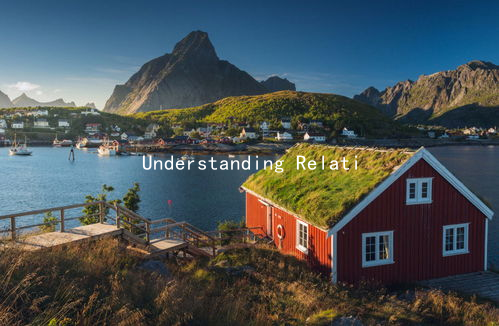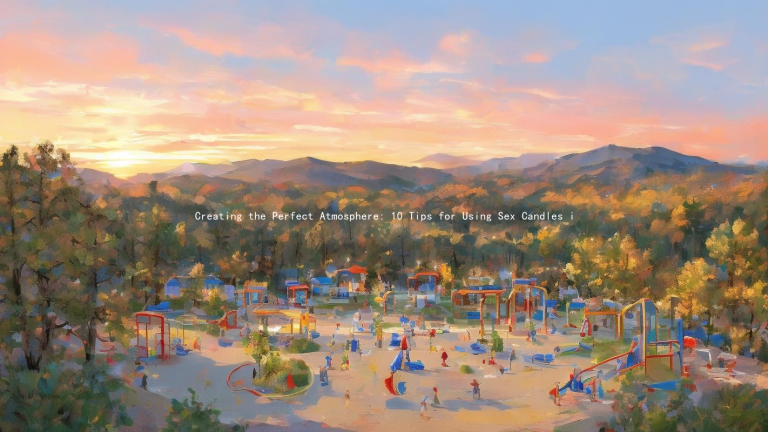Understanding Relationship Dynamics: Why Feelings Change and How to Adapt
Understanding Relationship Dynamics: Why Feelings Change and How to Adapt
Relationships, whether theyre blossoming romances or long-term partnerships, are intricate and dynamic. The feelings we experience within these connections can fluctuate for a variety of reasons. Understanding these changes and adapting to them is crucial for maintaining a healthy and fulfilling relationship.
The Nature of Feelings in Relationships
Emotions are inherently volatile. In the initial stages of a relationship, the excitement of new love can create a chemical cocktail of dopamine and oxytocin, leading to infatuation and a strong emotional bond. However, as time progresses, the intensity of these feelings may diminish. This is entirely normal and often represents the transition from the passionate love of new beginnings to a deeper, more stable companionship.
Reasons Why Feelings Change
1. Familiarity: As partners become more familiar with each other, the novelty that once sparked excitement may fade. This can lead to feelings of complacency. Without the adrenaline rush of new romance, couples might find themselves questioning their emotional connection.
2. Life Changes: Major life events—such as career changes, moving in together, or the birth of a child—can reshape the relationship landscape. These transitions often bring stress, which can alter emotional dynamics.
3. Personal Growth: Individuals in a relationship evolve over time. As partners grow in different directions, their interests, values, and aspirations may diverge, leading to feelings of disconnect. Recognizing and addressing these changes is critical to staying aligned.
4. Communication Issues: Misunderstandings and emotional conflicts can create rifts in a relationship. When partners stop communicating openly, resentment can build, causing shifts in affection and emotional safety.

5. Expectations: Often, couples enter a relationship with certain expectations based on previous experiences or societal norms. When reality fails to align with these ideals, disappointment can ensue, shifting feelings from love and affection to frustration or indifference.
Adapting to the Shifts in Feelings
1. Embrace Change: Understanding that feelings will naturally ebb and flow is the first step. Instead of resisting these changes, embrace them as part of the relationship’s evolution.
2. Prioritize Communication: Open and honest communication is vital in any relationship. Regularly discussing feelings, concerns, and desires can help partners realign their emotional connections and clear misunderstandings.
3. Engage in New Activities Together: Introducing novelty can reignite the initial spark of a relationship. Engage in new experiences together, whether it’s traveling, trying a new hobby, or simply cooking a new recipe. This can foster a sense of adventure and connection.
4. Practice Emotional Support: Being emotionally available and supportive of one another fosters trust and intimacy. Attending to each other’s emotional needs can help maintain a strong bond, even in challenging times.
5. Revisit Relationship Goals: Periodically reflect on your relationship goals together. Discuss what you both want from the relationship and where you see it heading. This shared vision can help reinforce your connection and navigate changes in feelings.
6. Cultivate Individual Interests: While togetherness is essential, personal growth is equally important. Encourage each other to pursue individual interests and hobbies. This not only promotes personal development but can also enrich the relationship as both partners bring new perspectives and experiences.
In conclusion, understanding the dynamics of your relationship and the reasons behind changing feelings can enable couples to navigate the complexities of love more effectively. By embracing change, prioritizing communication, and engaging in shared activities, partners can cultivate a deeper and more resilient emotional connection that thrives through the ups and downs of life. Adapting to the natural rhythm of relationship dynamics is not just about keeping the love alive—its about fostering a partnership that can grow and evolve together over time.





